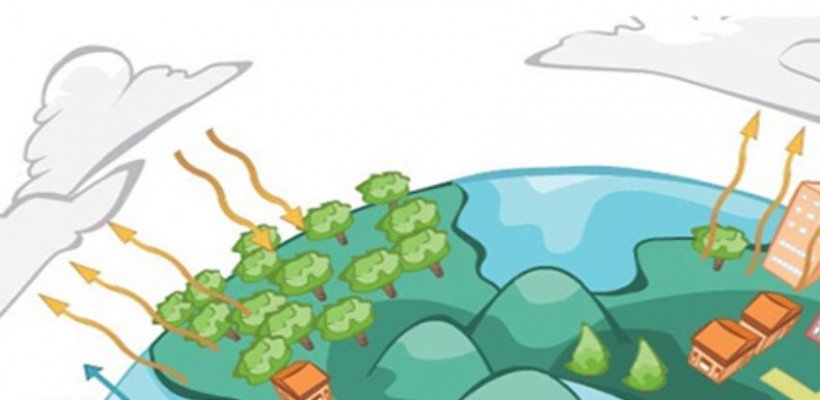Still, as agricultural production has continued to grow, the climate footprint per unit of output continued to improve. Nevertheless, a further reduction of emissions is needed to achieve the EU’s ambitious climate targets for 2030 (reaching at least a reduction of 55% of emissions by 2030 in the EU).
Evaluation of CAP’s impact on climate change and greenhouse gas emissions

The CAP has helped reduce GHG emissions. Mitigation is mainly achieved by protecting existing carbon stocks, notably thanks to the maintenance of permanent grasslands supported by extensive livestock grazing systems. There is potential to further increase carbon storage in EU soils.
The evaluation also finds that:
- the reduction of emissions from managed agricultural soils is better addressed in the CAP than the reduction in livestock emissions, mainly due to the nature of CAP payments and support.
- Nevertheless, livestock farmers also play a key role in managing large areas of land, which are (or have the potential to be) carbon sinks (especially when managing large areas of permanent grassland and rough grazing).
- Rural development supports emission reduction in the livestock sector through various measures, such as certain agri-environmental commitments with respect to feed or manure management or investments into physical assets with respect to manure storage, animal housing or installation of anaerobic digesters.
- The voluntary coupled support in livestock sector has the potential to favour systems, which are economically vulnerable and important for resilience of the territory. However, they can potentially have negative impacts, when climate impact and territorial adaptation needs are not appropriately considered in the design of the scheme.
- The main contribution from arable systems comes through improved land management, supported mainly through agri-environment-climate commitments and organic farming measures; as well as nitrogen-fixing crops, such as alfalfa and soybeans, supported notably with greening and coupled support. However, the CAP has achieved fewer emissions reductions on intensive grassland or arable farms.
1 june 2021/ EC/ European Union.
https://ec.europa.eu




